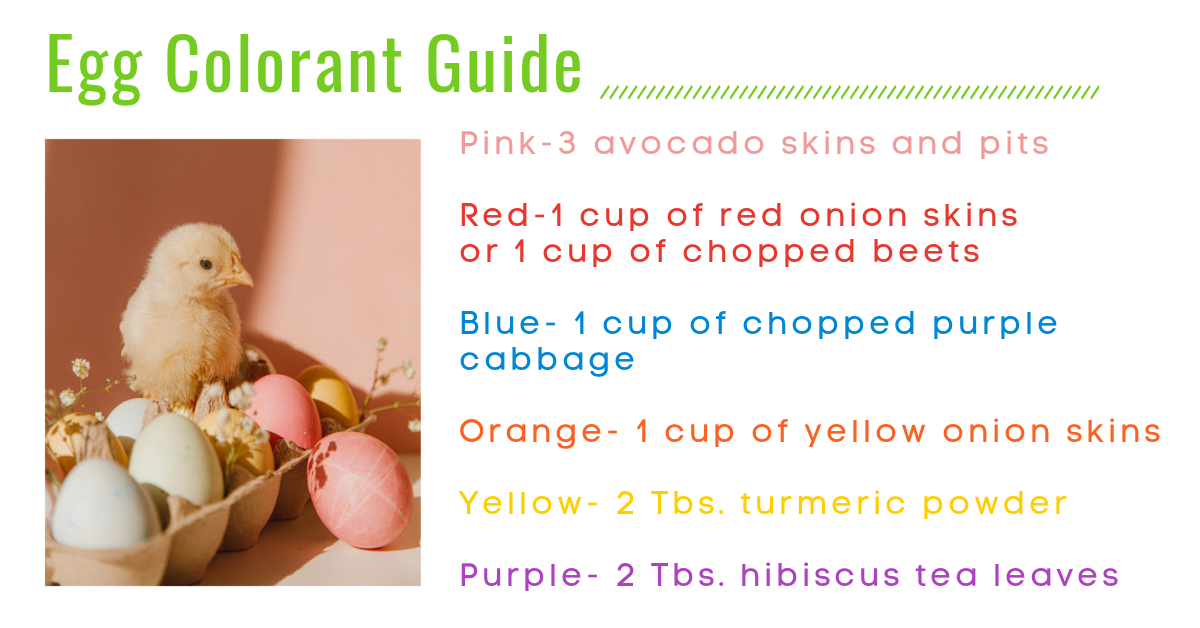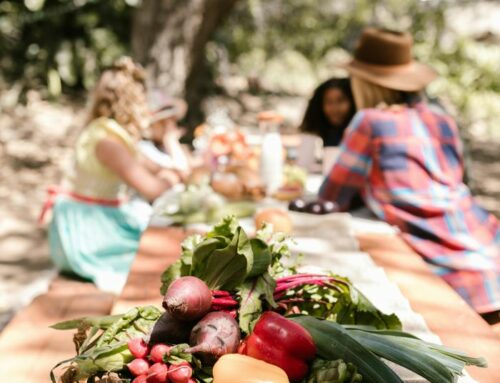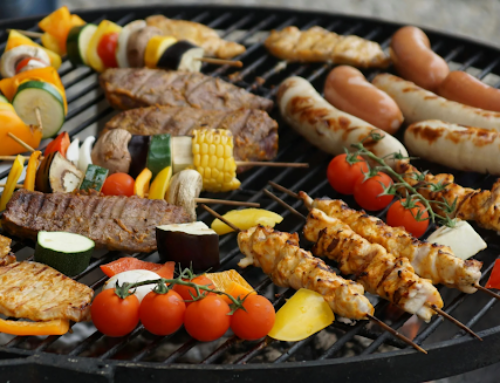Eggs-cellent Rituals
 Holidays are about fun traditions that are passed down through the generations. One classical activity this time of year is coloring eggs for Easter and spring. Coloring eggs once had symbolic religious connections and is also thought to have originated from medieval times when Anglo-Saxons celebrated “Eostre”, the goddess of Spring. Eggs have always been an important symbol of rebirth throughout human times. Some archeologists say the tradition of egg decorating dates back to South Africa 65,000 years ago while other historians have differing opinions. Some historians relate the egg decorating tradition to ancient Persia where coloring eggs signified the start of the new year known as Nowruz. Others believe it is tied to Zoroastrianism, an Iranian religion believed to be one of the oldest organized faiths. Regardless of where and when egg decorating originated, we can agree that it can be traced back to many cultures and varying periods, and is a historical creative outlet for all ages.
Holidays are about fun traditions that are passed down through the generations. One classical activity this time of year is coloring eggs for Easter and spring. Coloring eggs once had symbolic religious connections and is also thought to have originated from medieval times when Anglo-Saxons celebrated “Eostre”, the goddess of Spring. Eggs have always been an important symbol of rebirth throughout human times. Some archeologists say the tradition of egg decorating dates back to South Africa 65,000 years ago while other historians have differing opinions. Some historians relate the egg decorating tradition to ancient Persia where coloring eggs signified the start of the new year known as Nowruz. Others believe it is tied to Zoroastrianism, an Iranian religion believed to be one of the oldest organized faiths. Regardless of where and when egg decorating originated, we can agree that it can be traced back to many cultures and varying periods, and is a historical creative outlet for all ages.
Other Easter Icons
The Easter Rabbit and Easter Basket traditions associated with this time of year are thought to be connected to the early 1700 German immigrants, aka the Pennsylvania Dutch. German settlers transported their tradition of “Osterhase”, the egg-laying rabbit, placing eggs in straw-filled bonnets. Many of our current Easter traditions that you see today have originated from this old-world folklore and rituals.
Contemporary Views
Fast forward to our contemporary culture where egg dyeing is now considered an April pastime that is inclusive to all, no matter the religion. Since more people are dyeing eggs, it’s essential to choose earth-friendly colorants. There are so many ways to naturally dye eggs using food scraps, tea, and spices that can help you live a sustainable lifestyle and save money. We shared a few of Chef Becky’s favorite ideas that she uses at home with her family. Chef Becky’s textile background helped her understand the dyeing techniques and has been able to create beautiful-looking eggs from simple ingredients. One surprising and unique component that she uses to achieve pretty pink coloring on eggs is avocado skins! Avocados are a staple at Bex Kitchen and rather than discarding the skins, Chef will repurpose them for dyeing eggs when in season (or composting when not Easter time). Other simple things you can use from your kitchen are purple cabbage to achieve a blue egg, yellow onion skins for a pale yellow egg, and tea for a light tint. This tint can vary based on the tea used, hibiscus tea will create a vibrant egg while black tea will produce a tan egg. You can experiment with the components and create your own color once you master the basic recipe.
Share your creations by tagging us on social media. We love hearing from you. Speaking of Easter and Springtime, our new menu packages for the season are now available on our website. Check them out here.

Making the Dye Bath
Place the coloring ingredients in a large pot and cover it with an inch of water, bringing it to a boil before reducing it to a simmer. Keep covered and continue cooking for 30 minutes, or until you’re satisfied with the hue. Your eggs will usually turn out a couple of shades lighter than the dye bath so keep that in mind when deciding.
Preparing the Dyes for Coloring Eggs
Strain out the solids and add one tablespoon of vinegar per cup of dye to set the color. Allow the dyes to cool, before you use them. Experiment with dying white and brown eggs. Soak the eggs for three hours to achieve lighter colors; overnight for brighter colors.
Creating Your Own Designs
Place a rubber band going in various directions across the egg. Under the rubber band, the color will remain dye-free. Wrap some of your eggs with flower petals or parsley leaves and cover them with cheesecloth or nylon socks before you dip them in the dye to create fun patterns.






